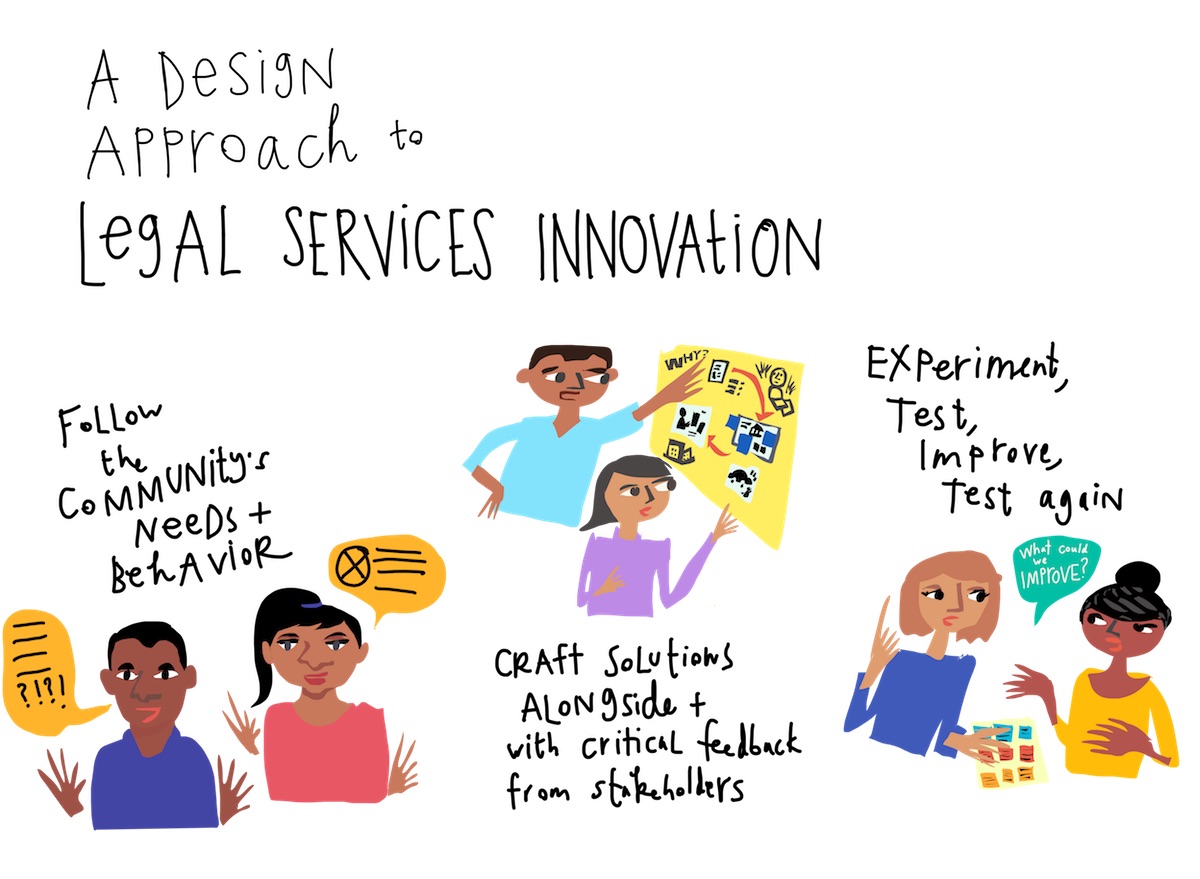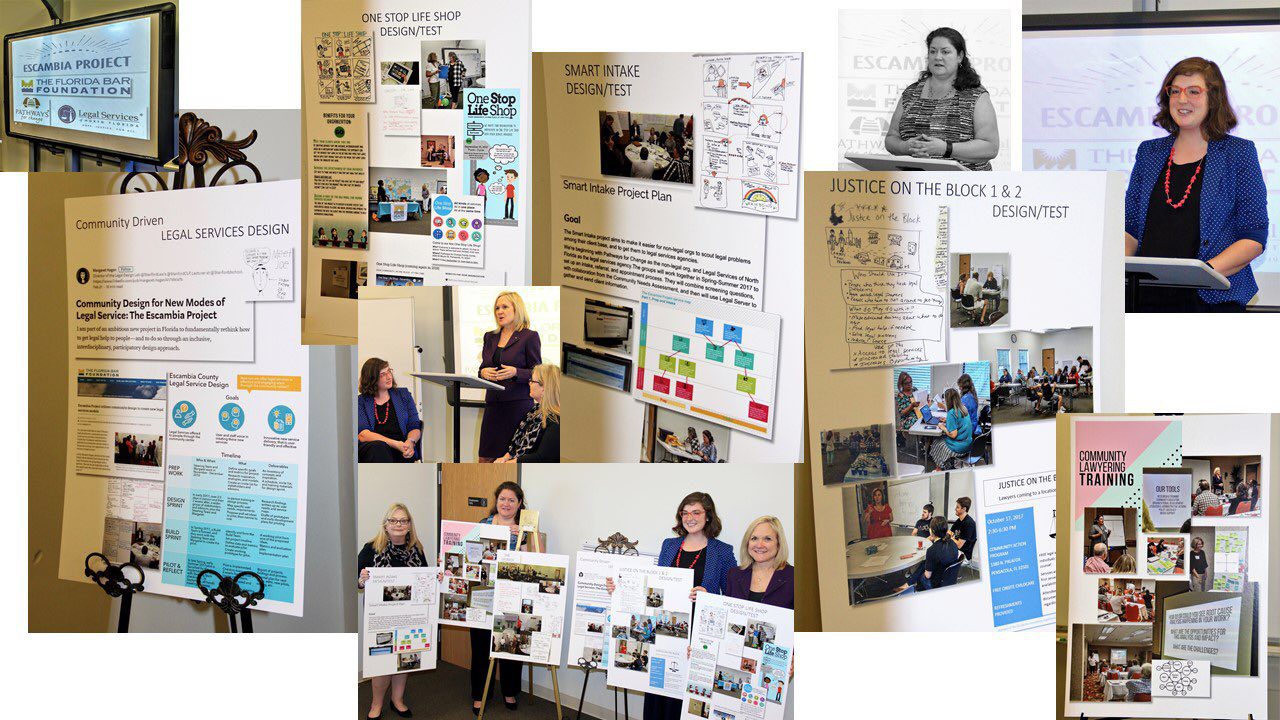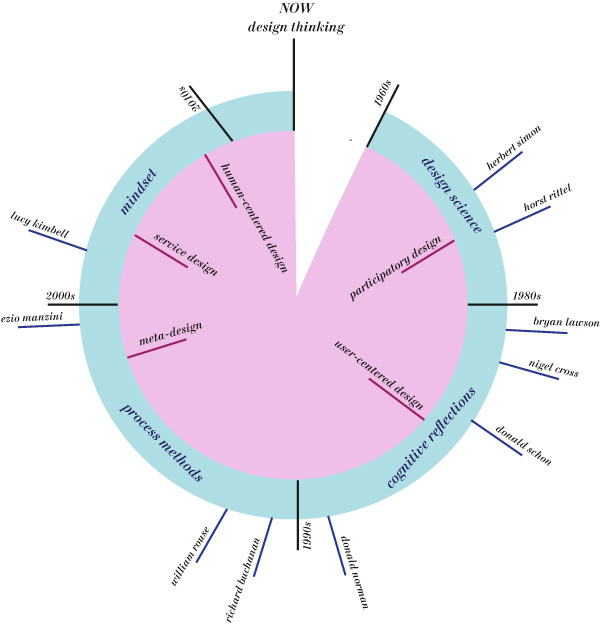What does it mean to take a ‘design approach’ to innovation, especially around legal and social services? I made this sketch to make it clear.
The key principle to follow is: involve the community you are trying to serve, and not just their advocates or others who speak for them, in the creation and vetting process.
This involvement can take many forms, during the innovation process:
- In the team formation: recruiting team members from the community, to serve on your board, design team, or other leadership roles
- Setting an initial agenda: holding initial design sprints with various stakeholders, to come up with an agenda of what change needs to happen, and what new ideas are worth pursuing
- On build teams: as you work towards piloting a new idea, have community members included on the teams that are responsible for creating the plans, details, and outreach strategies for the pilot you are building
- Regular user testing and checkins: have sessions at various community locations to test the concepts and pilots you are creating, and at regular intervals throughout — not just at the end, as you are about to launch the idea. You want oversight and feedback from the community, to make sure that they find it valuable. This goes to the constant iteration and experimentation spirit of the design process — being open to criticism, and changing plans as community members raise issues.
- Scout community leaders: as the design process continues, and pilots start to roll out, see which community members are the most dedicated and excited about the work. Find opportunities to give them more leadership roles, so that they might be able to become a director of a project, or branch a new project off to lead.




